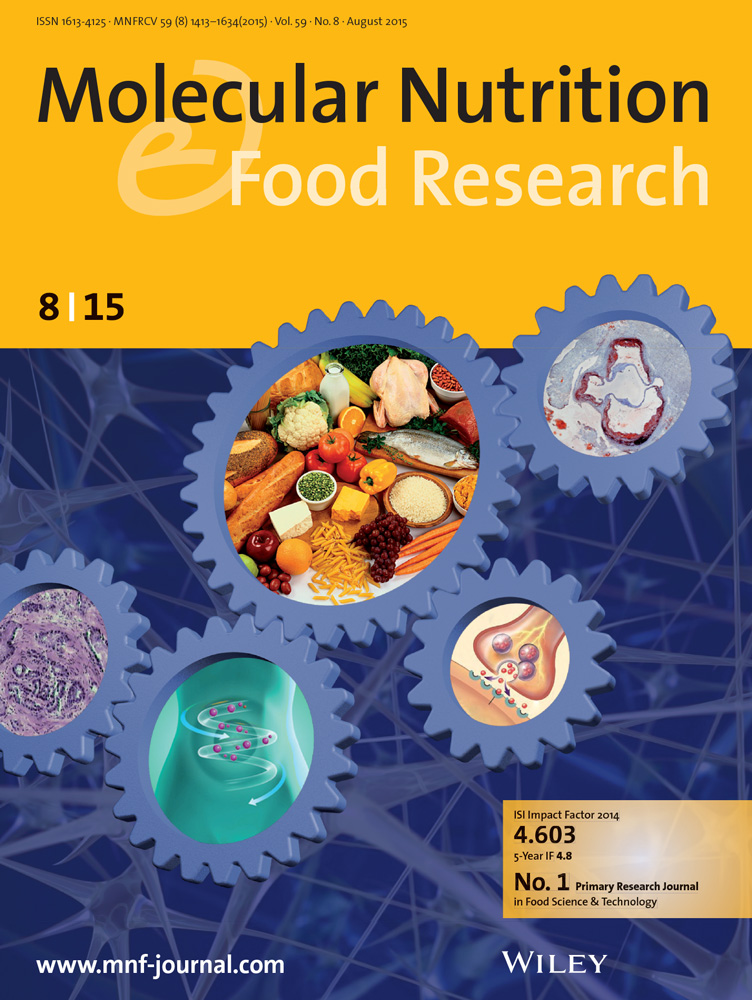基于膳食抗氧化剂的心力衰竭风险预测建模:一种机器学习方法。
IF 4.2
2区 农林科学
Q1 FOOD SCIENCE & TECHNOLOGY
引用次数: 0
摘要
本研究利用2005-2018年具有全国代表性的国家健康与营养调查数据,调查了膳食抗氧化剂与心力衰竭(HF)风险之间的关系。它旨在确定关键的膳食抗氧化剂,并开发基于机器学习的心衰预测模型。在9279名参与者(434例HF病例)中,从两次24小时饮食回顾中提取了44个膳食抗氧化变量。采用方差膨胀因子滤波、SMOTE平衡和Boruta选择。随机森林、LightGBM、k近邻(KNN)、朴素贝叶斯(Naive Bayes)、支持向量机(SVM)和Xtreme Gradient Boosting (XGBoost)这六个机器学习模型在有或没有人口统计/生活方式协变量的情况下进行了训练。WQS和Qg-comp回归量化了联合抗氧化作用。XGBoost的准确率最高(调整后为0.965,未调整时为0.963),F1评分为0.971,PR-AUC为0.993。WQS显示,总抗氧化剂摄入量每增加四分位数,HF几率降低20%(优势比[OR] = 0.80, 95% CI: 0.68-0.93)。XGBoost模型的SHAP分析将可可碱、番茄红素、咖啡因、钙、维生素B12、维生素C和维生素B1列为主要贡献者。高摄入特定膳食抗氧化剂——尤其是维生素B6、叶酸和番茄红素——与降低心衰风险显著相关。XGBoost模型为基于膳食抗氧化剂谱的个人水平HF预测提供了一个强大的、可解释的工具,支持以证据为基础的HF预防饮食策略。本文章由计算机程序翻译,如有差异,请以英文原文为准。
Predictive Modeling of Heart Failure Risk Based on Dietary Antioxidants: A Machine Learning Approach.
This study investigates the relationship between dietary antioxidants and heart failure (HF) risk using nationally representative National Health and Nutrition Examination Survey data (2005-2018). It aims to identify key dietary antioxidants and develop a machine-learning-based predictive model for HF. Among 9279 participants (434 HF cases), 44 dietary antioxidant variables were extracted from two 24-h dietary recalls. Variance inflation factor filtering, SMOTE balancing, and Boruta selection were applied. Six machine learning models-random forest, LightGBM, K-nearest neighbors (KNN), Naive Bayes, support vector machine (SVM), and Xtreme Gradient Boosting (XGBoost)-were trained with and without demographic/lifestyle covariates. WQS and Qg-comp regressions quantified joint antioxidant effects. XGBoost achieved the highest accuracy (0.965 adjusted, 0.963 unadjusted), F1 score (0.971), and PR-AUC (0.993). WQS showed a 20% lower HF odds per quartile increase in overall antioxidant intake (odds ratio [OR] = 0.80, 95% CI: 0.68-0.93). SHAP analysis of the XGBoost model ranked theobromine, lycopene, caffeine, calcium, vitamin B12, vitamin C, and vitamin B1 as top contributors. Higher intake of specific dietary antioxidants-particularly vitamin B6, folate, and lycopene-is significantly associated with reduced HF risk. The XGBoost model provides a robust, interpretable tool for individual-level HF prediction based on dietary antioxidant profiles, supporting evidence-based dietary strategies for HF prevention.
求助全文
通过发布文献求助,成功后即可免费获取论文全文。
去求助
来源期刊

Molecular Nutrition & Food Research
工程技术-食品科技
CiteScore
8.70
自引率
1.90%
发文量
250
审稿时长
1.7 months
期刊介绍:
Molecular Nutrition & Food Research is a primary research journal devoted to health, safety and all aspects of molecular nutrition such as nutritional biochemistry, nutrigenomics and metabolomics aiming to link the information arising from related disciplines:
Bioactivity: Nutritional and medical effects of food constituents including bioavailability and kinetics.
Immunology: Understanding the interactions of food and the immune system.
Microbiology: Food spoilage, food pathogens, chemical and physical approaches of fermented foods and novel microbial processes.
Chemistry: Isolation and analysis of bioactive food ingredients while considering environmental aspects.
 求助内容:
求助内容: 应助结果提醒方式:
应助结果提醒方式:


